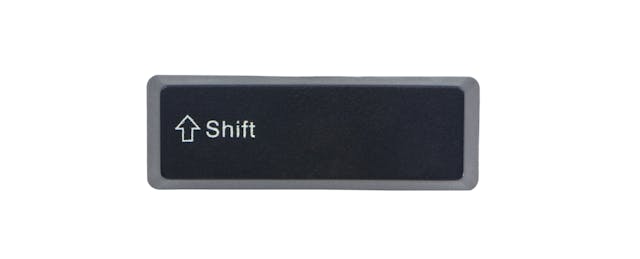This op-ed is part of a series of reflections on the past decade in education technology. Michael Feldstein’s education career spans decades, including stops at SUNY, Oracle, Cengage and e-Literate, where he is now chief accountability officer.
At the start of the last decade, professors were just beginning to have their say in the design of the newest tech at the time: the Learning Management System.
Before that (back in the the “aughts”) LMSs were largely evaluated and selected by CIOs and their teams. But by 2010, LMS selections were increasingly influenced by faculty input.
And it showed. Instructure, then an upstart challenger to Blackboard, made its bones on two major differentiators, one of which was “usability.” What does that term really mean? It means that the software developers put effort into studying and supporting the needs and workflows of the users (mainly professors).
Instructure’s early killer app was SpeedGrader. The name pretty much says it all. Did this feature revolutionize teaching and learning? Absolutely not. But it did save instructors huge amounts of time on an administrative task, and that left space for more meaningful work with their students.
A decade later, that trend toward a focus on the end users has grown and evolved in two important ways.
First, enabled technically by boring but important technical standards (led by IMS Global’s LTI interoperability standard)and with financial support from the venture capital ecosystem probably best represented by the ASU+GSV conference, many new teaching and learning tools arrived on the scene. Educators can now customize their learning environments in ways that we could only dream of (and beg for) in 2010.
Second, in the last few years, interest has begun to shift from a focus on adding new features to a focus on adding data-analytics tools. The key question: What can educators learn from the interactions that are happening within educational software?
It is this second shift—the move to data—that will define the shift in edtech over the next decade. As with early LMSes, we are building early data collection and analysis methods that are clunky and poorly thought through. Some capabilities work so awkwardly that they are not fit for the purpose, while others seem to be designed for no clear purpose at all. And as with early LMSes, IT departments are leading the way on procuring (or building) many of these products.
But a shift in the center of gravity from the IT department to the end users is happening more quickly in data-driven edtech applications than it did for the LMS.
Already, educators and students are asking good, hard questions. Why do you need those particular data? Who else will see them? What are you going to do with the analysis? How will we know that the analysis is reliable and useful? And how well can you demonstrate that the expense of the product, and the risks and compromises taken with student data privacy, will yield benefits for the students?
Just as e-commerce was once thought to be some magical realm that was separate from the mundane, everyday commerce, edtech has been treated as if it is somehow separate from the everyday tasks of education. But that is beginning to change, not just for one product category but for the ways in which educators and their institutions think about supporting educational technology writ large.
There was a time when the use of a chalkboard was a topic that was hotly debated. Was it a good idea, for example, to turn one’s back on students to write on the board?
Those questions seem quaint now. The blackboard, or whiteboard, has faded into the background. It is just part of the landscape now.
And so it should be. And so it will be with much of edtech by the end of the next decade. The change has already begun.


